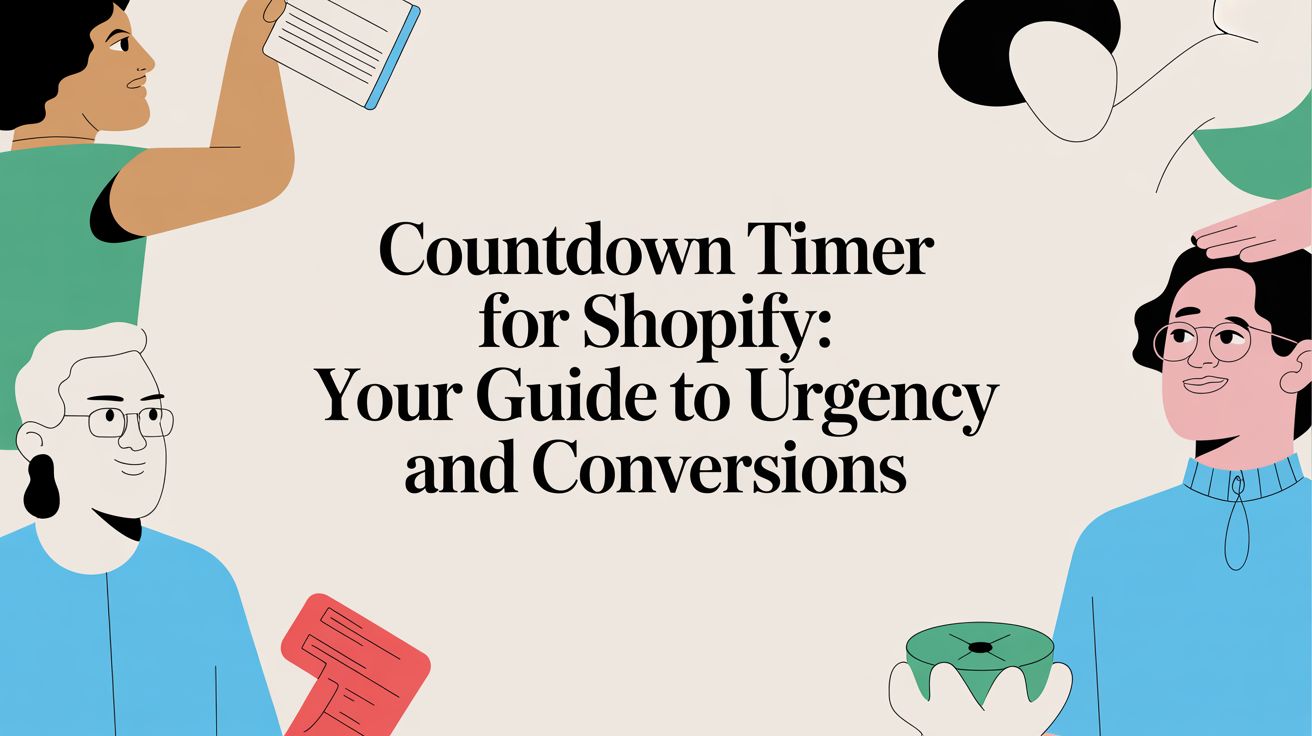
How to create anticipation for product launches

Gearing up for a new product launch requires a lot from brands. There's the product development, the strategy sessions and the careful planning that must go into figuring out how you'll get consumers to pay attention to your new product.
The latter is no small feat. The average consumer attention span is a mere eight seconds, and at that nine-second mark, countless brands and their marketing messages are ready to take attention for the next eight.
Building anticipation around your launch can help.
Here’s a list of four strategies you can implement to drive anticipation around your new product launches.
1. Establish and enforce product value
New products appear on the market regularly, promising to fulfill consumer expectations and surpass the competition. These are large statements that can be difficult to back up when consumers already have go-to products based on their usage habits.
Persuading consumers to look your way will require you to prove yourself. This starts with you showing your customers the various benefits they’ll receive by paying attention to your newest product.
Enhancing value for your consumers means focusing on two main areas: consumer rationality and consumer emotions. You have to prove that your product has the right specifications (whatever that might be for your specific customers) and that customers will feel good when they interact with the product.
2. Segment your audience
Everything isn’t for everyone, and your new products are no exception. Coming out with a new running shoe will do very little to excite a customer who is not a runner. You want to make sure your product and its marketing content get to people who will appreciate it.
You can use data analytics as a baseline tool for figuring out which customers are most likely to interact with your new product. Who regularly interacts with your marketing messages? Which customers purchase products similar to the one you’re about to release? The answers to these questions will help you reach the best customers for your product.
3. Tease out upcoming content
Anticipation is all about building excitement for what’s to come. The trick is to tease out upcoming content, giving just enough to stir up enthusiasm, but still leaving something to the imagination.
You want to anticipate what your customers want to hear and glorify what their future will look like with your product. Doing so will peak your customers’ interest (they’ll see how the product is relevant to them), and they’ll have to stay up-to-date with your marketing content.
4. Use consumer psychology
Leveraging consumer emotions like anticipation works best when you know what makes it occur. The short answer? Brain science.
Consumer psychology and anticipation go hand-in-hand; humans developed anticipation as a way of deciding what decisions are most favorable and its psychological elements help consumers decide what products they’ll pay attention to.
Creating positive anticipation can occur through a number of behavioral science tactics. For example, you can use social proof, the idea that humans trust the actions of like-minded people. This might mean using influencers to help spread the word about your product or showing customers how popular your product will make them (hence why sneaker drops are so powerful).
Gaining and maintaining consumer anticipation is a challenge, but it is certainly worth the effort. These four tips are here to help you tackle your new product launch with ease.

Lindsay Keener is a brand journalist for Quikly. She covers stories that help to inform and educate consumer-facing marketers.

